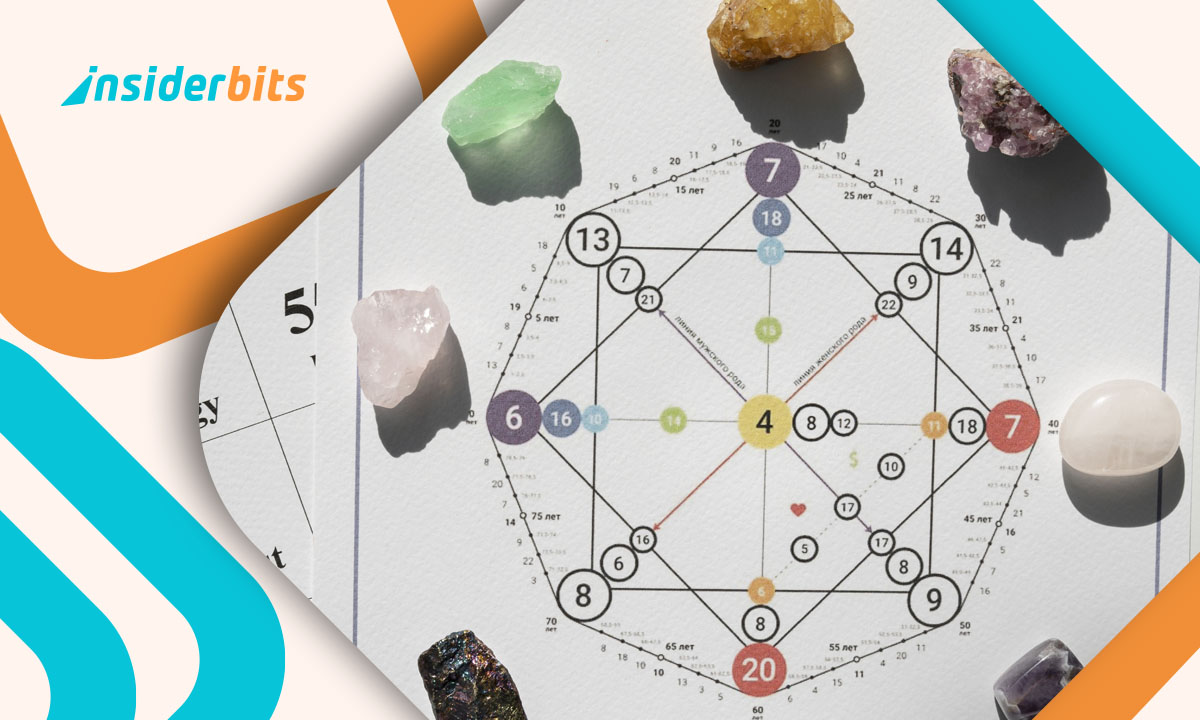Most of us think we sound like Beyoncé in the shower, only to realize we’re closer to a tone-deaf seagull when recorded. But what if you could actually understand your voice type and work with it instead of against it? Knowing if you’re a soprano, alto, tenor, or bass isn’t just for opera snobs, but the cheat code to singing better, choosing the right songs, and avoiding embarrassing karaoke failures.
Whether you’re an aspiring diva or just curious about your vocal limits, identifying your voice type is easier than you think. With a few simple exercises and the right apps, you can map out your range like a pro—no music degree required. Let’s break it down before you attempt that high note in Bohemian Rhapsody again.
- Best Karaoke Apps for Virtual Singing Parties
- Perfect App To Find Your Voice Range
- How Rootd Can Help You With Breathing Exercises
How to discover your voice type like a pro
First things first: your voice type isn’t just about how high or low you can go. It’s a combo of range, timbre, and where your voice feels most comfortable. To find yours, you’ll need:
- A piano or digital keyboard (even a free app will do);
- A quiet space where you won’t scare the neighbors;
- The willingness to hit some awkward notes without cringing.
Start by matching your voice to middle C (C4) and moving down to your lowest comfortable note—that growly morning voice counts. Then, work upwards until you hit the squeaky ceiling.
The span between those two extremes? That’s your vocal range, the foundation of your voice type. Apps like VocalRange Vocaberry can track these notes for you, so you don’t have to guess.
Voice classifications: soprano, alto, tenor & bass
Once you’ve mapped your range, it’s time to categorize it. The classic voice types break down like this:
- Soprano (C4–C6): the high flyers, perfect for pop belters and Mariah Carey impersonations;
- Alto (F3–F5): rich and warm, ideal for moody indie singers and those who avoid screeching;
- Tenor (C3–C5): the male sweet spot, from Ed Sheeran to Freddie Mercury;
- Bass (E2–E4): the deep, resonant tones of Barry White or Leonard Cohen.
But here’s the kicker—your voice type isn’t set in stone. As OperaVision notes, training can expand your range over time. So no, you’re not doomed to sing only Johnny Cash forever.
Simple exercises to find your vocal range
If apps aren’t your thing, try these old-school tricks to test your limits:
- Lip trills: roll your lips while ascending scales to find your upper edge without straining;
- Humming: start at a comfortable pitch and slide down to discover your lowest note;
- Sirens: glide from your lowest to highest sound (yes, like a cartoon ambulance).
Pro tip: record yourself. What feels high might not sound that way—a harsh truth many shower singers learn the hard way.
Best apps and tools for voice analysis
For those who want tech to do the heavy lifting, these apps are game-changers:
If you want precise measurements without the guesswork, these apps turn your phone into a personal vocal coach.
Vocal Range Finder – Sing Whiz (iOS only) stands out for its user-friendly interface that guides you through vocal exercises while automatically detecting your range.
What makes it special is its song recommendation feature—after testing your range, it suggests popular songs that fit your vocal capabilities, saving you from the frustration of attempting impossible notes.
The app also tracks your progress over time, perfect for singers working to expand their range.
4.7/5
VocalRange Vocaberry (available for both iOS and Android) takes a more technical approach, displaying your vocal range on a piano roll with precise pitch detection.
It’s particularly useful for visual learners, showing exactly which notes you hit consistently versus those you struggle with.
The app includes exercises to help improve your weak spots and even allows you to compare your range with famous singers.
Advanced users will appreciate the detailed statistics and the ability to save multiple test sessions.
4.5/5
For those who prefer not to download apps, online tools like Vocal Nebula offer quick browser-based tests that analyze your voice through your computer’s microphone.
While not as feature-rich as dedicated apps, they provide a convenient way to get started with vocal analysis.
Pair these tools with our guide to karaoke apps to practice songs that actually suit your voice type. Remember—the goal isn’t to force your voice into something it’s not, but to discover and enhance your natural strengths.
Why bother? Because knowledge is power
Knowing your voice type means smarter song choices, better vocal health, and fewer “why did I attempt this?” moments.
In case you’re aiming for The Voice or just want to nail your next duet, embracing your natural range beats forcing notes that aren’t there.
Now go forth—and maybe avoid that Dream On high note unless you’re actually a soprano.





